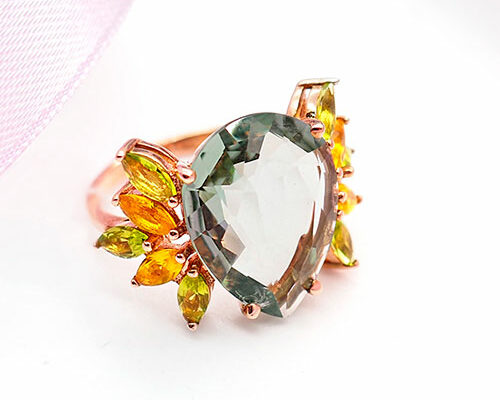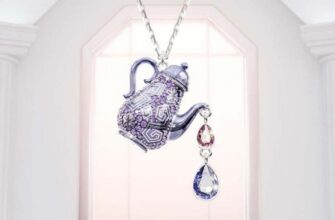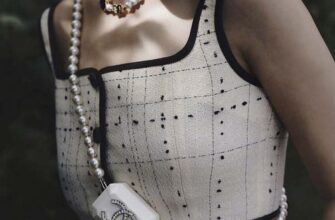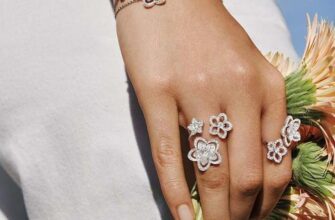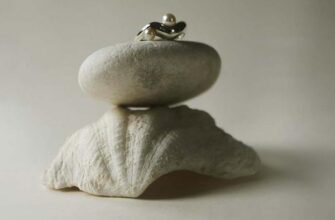Color is one of the important characteristics of precious stones, often the color of a mineral is a decisive argument when buying a piece of jewelry. It is not difficult to buy a product with a stone of the desired shade - different palettes of shining gems are presented in the windows of jewelry stores. But among them there are also "chameleons", capable of changing their shade to one degree or another. What are these stones and under what conditions do they behave this way?
| Color reverse or alexandrite effect - change in the color of the stone when the lighting changes (for example, daylight or electric).
Pleochroism (multicolor) - the property of crystals to change colors when rays of light pass through them in different directions. The color of the stone will change depending on the vantage point. Dichroism (bicolor) - a slight change in the shade of some crystals, which is detected when white light passes through them in two mutually perpendicular directions. |
Minerals change their color for various reasons. You may have noticed that some gemstones “transform” when lighting changes - one color during the day, another in the evening, and a third under an ultraviolet lamp. Or, turning the stone in your hand, looking at it from different sides, you saw an alternation of different colors or close shades of the same color. These beautiful optical properties of some crystals are called color reversal and pleochroism.
Alexandrite
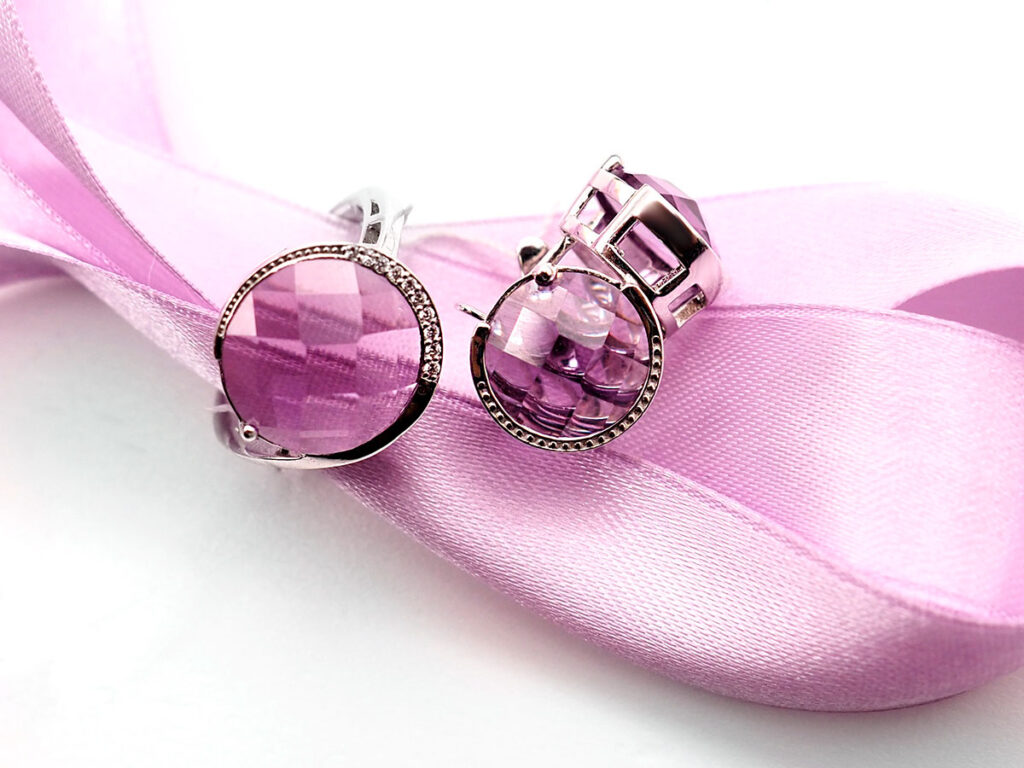
Alexandrite - a rare "chameleon" stone with a distinct change of colors: in daylight it is green-blue, in artificial light it is purple or pink. The brighter the mineral, the more pronounced the color reverse. Jewelry with this stone is unusually spectacular: alexandrite changes before our eyes when moving, demonstrating vivid pleochroism - the “evolution” of different shades.
The mineral does not fade with time, therefore it is especially valued in jewelry. The cost of natural alexandrite is high, so it is often replaced with synthetic alexandrite - laboratory-grown alexandrite has the same optical properties as natural alexandrite.
Tourmaline
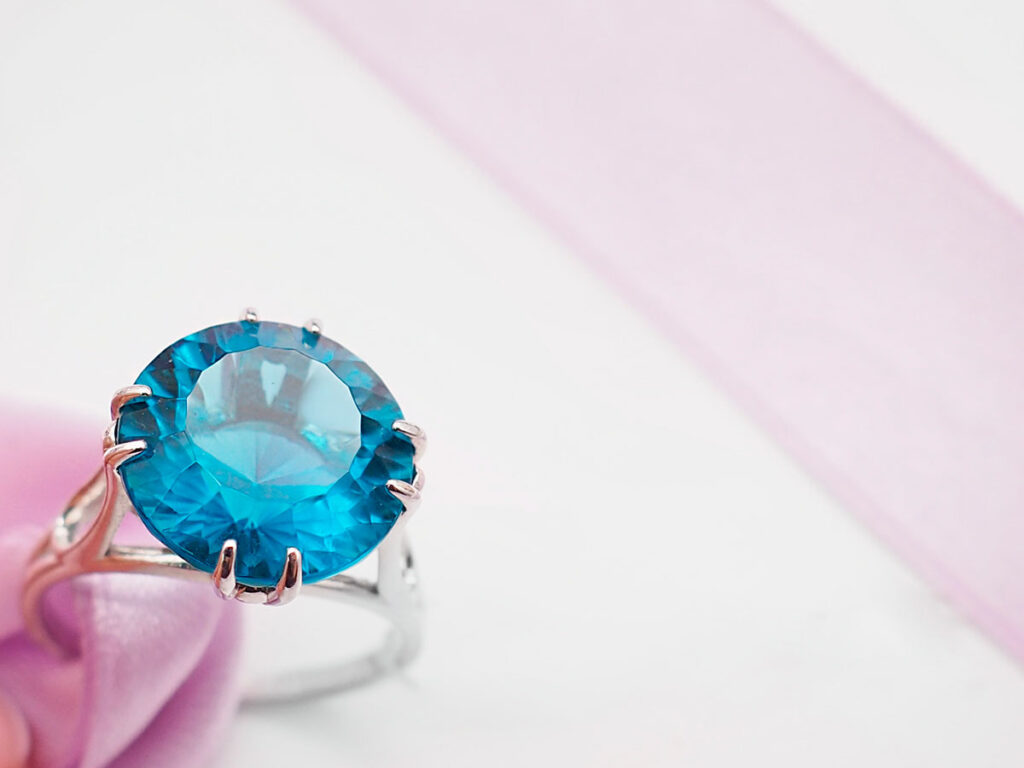
Tourmalines differ in a wide iridescent palette, but only translucent samples can show a beautiful alternation of shades - distinct dichroism is characteristic of many of them. For example, when looking at a red stone, one can notice a subtle transition from pink to deep red. To show the mineral in all its brilliance, tourmaline jewelry should be worn during the day, as the color of the stone appears dull under artificial lighting.
Corundum
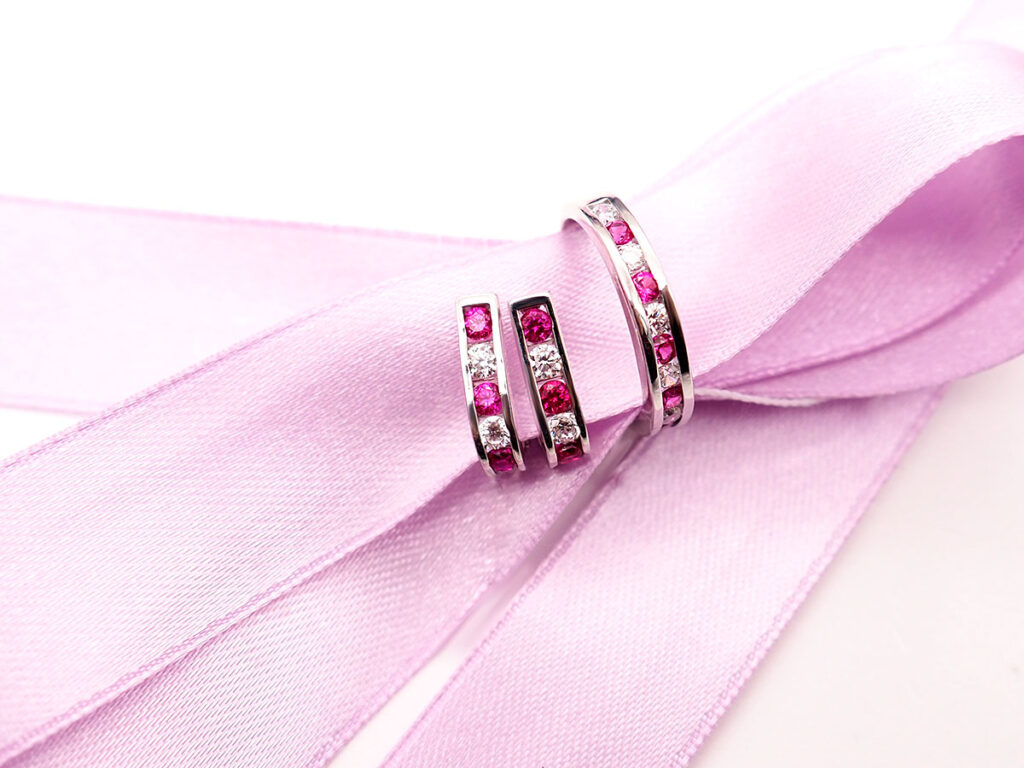
Precious varieties are used in jewelry corundum - sapphire and ruby. The crystal structure of these stones is the same, the difference is only in color: sapphires mostly blue, rubies - red. For corundums of saturated colors, a distinct dichroism is characteristic - a change in hue, for example, from blue to blue-green or from red to red-orange and pink. For this effect to become noticeable, the jeweler must carefully examine the crystals and cut them correctly.
Some sapphires have a noticeable color reversal: they are blue in daylight and red-purple in electric light. Jewelry with such stones is quite expensive.
Aquamarine
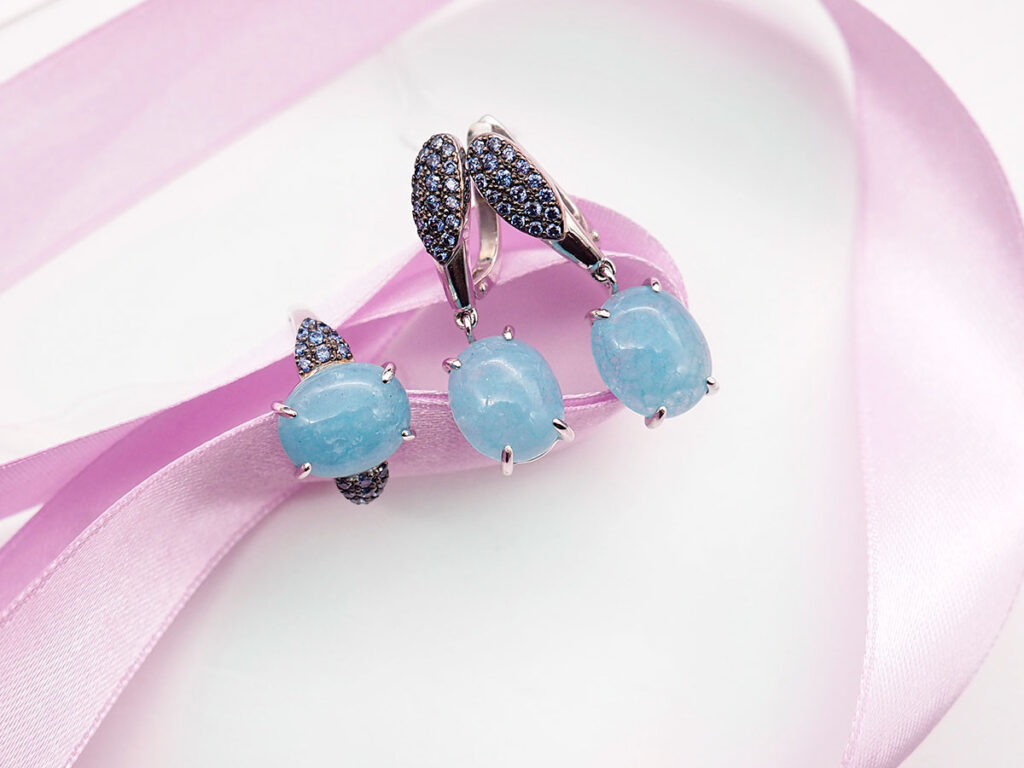
Great aquamarine It has many different shades: from pale blue to golden green. Transparent pure gems of the color of sea water adorn various jewelry: rings, earrings, bracelets, brooches. The property of aquamarines to change shade depending on the angle of view is one of the advantages of minerals. Knowing this, one can distinguish a stone from a glass fake, which does not possess dichroism.
It is worth noting that aquamarine is the stone of the "snow queens", it does not like the sun - with prolonged exposure to bright rays it can fade, change color to dirty yellow. That is why, for example, aquamarine earrings are best stored in a cloth bag or case.
Iolite

Another mineral from a number of "chameleons" has a beautiful name iolite - translated from Greek "lithos" (stone) and "ion" (violet). Semi-precious violet stones have a wide palette of blue, violet, gray-blue hues, they are characterized by pronounced pleochroism.
In jewelry, translucent and transparent iolites are valued - it is they who, when turned, will change their original color from saturated dark to crystal pale. A lot also depends on the correct cut of the mineral: in order to get an intense color, the platform of the stone is placed strictly at right angles to the edges of the prism. The advantages of iolite include low cost - jewelry with a violet stone is affordable, while not inferior in beauty to products with sapphire.
Topaz
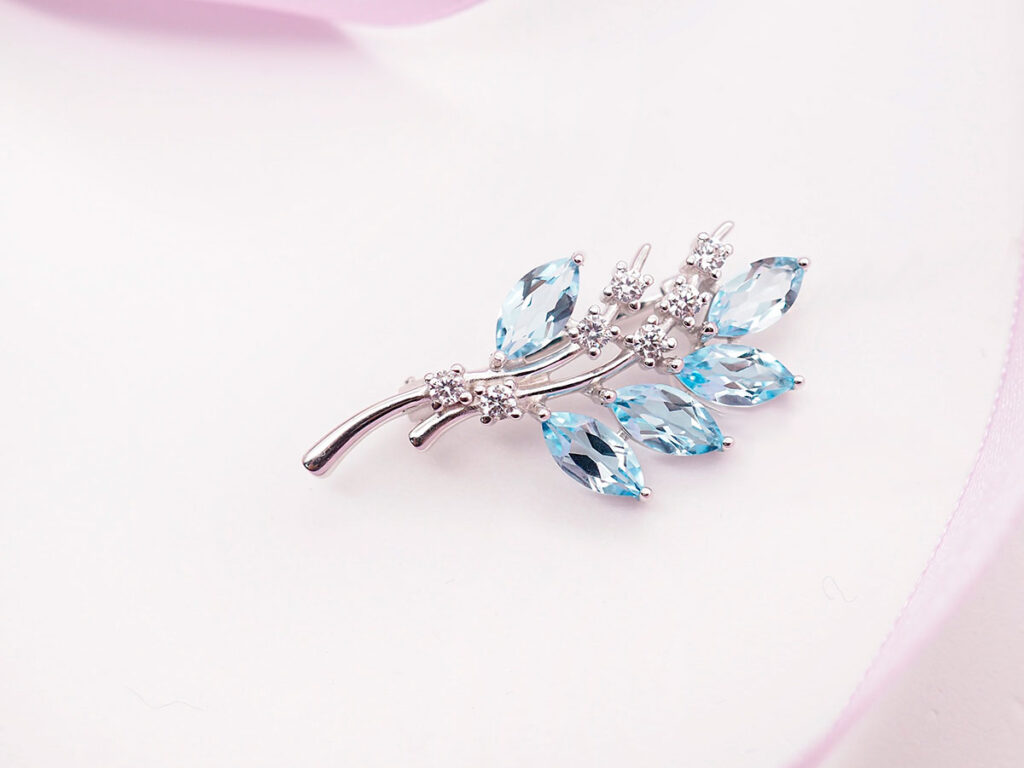
Topaz it is difficult to call it a "chameleon", but, like tourmaline, it has a distinct pleochroism. The change in shades is noticeable in yellow (from light yellow to yellow-red), blue (from pale blue to colorless), pink (from pink to colorless) topazes.
Natural stones do not have a bright color, they are ennobled by firing, achieving color saturation. In both natural and electric lighting, such a mineral will sparkle beautifully, showing color. It should be remembered that the stone is quite “capricious”: jewelry with topaz is not recommended to be worn in the daytime - the minerals become discolored when exposed to the sun for a long time.
Citrine

citrines got its name from the Latin word "citrus" - lemon. Indeed, beautiful minerals of yellow, orange shades are similar to citrus fruits in color. This semi-precious stone is a variety of quartz, it has transparency, brilliance and, after cutting, shimmers beautifully in the light. The solar mineral looks great in frames made of gold, silver and is in demand by buyers.
Jewelry with citrine is distinguished by weak dichroism - when viewed from different angles, it changes color from pale yellow to yellow, which is why it differs from fakes. Please note this before purchasing. If the composition of an ornament, for example, a bracelet, is made up of several natural citrines, when moving, it will be noticeable how the shades change slightly, reminiscent of the play of the sun's rays.
